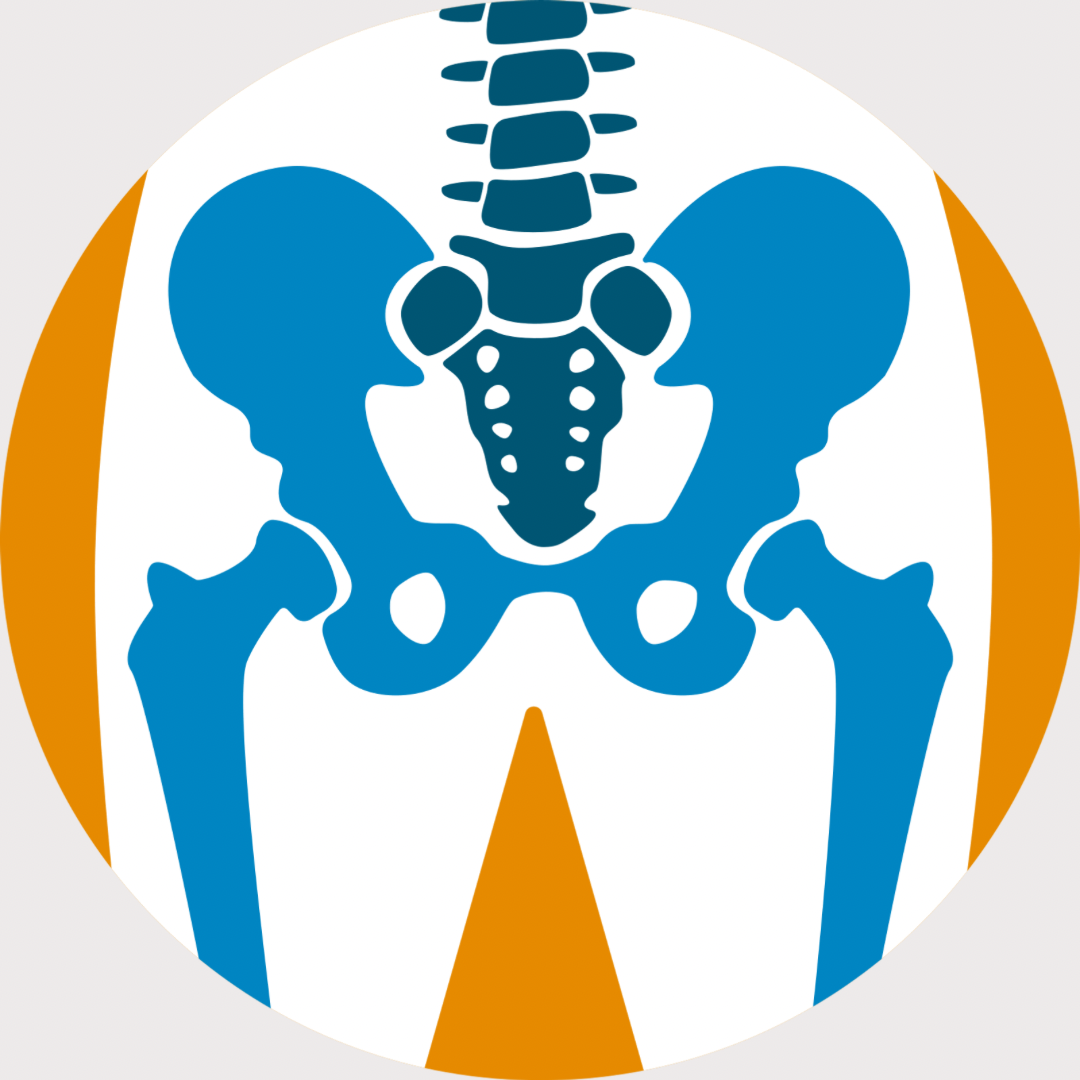
Hey y’all!
Today I want to discuss posture, specifically seated posture, as sitting is so relevant to our daily lives and deep-seated (yes pun intended!) in our culture. In fact, the Centers for Disease Control (CDC), estimate that Americans spend between 6.5 to 8 hours of their day sitting. As a physical therapist, this statistic is highly distressing as it points to a growing national trend of inactivity. Unfortunately, this trend is influenced and compounded upon by a variety of factors: our chosen lifestyle, access to gyms and/or recreational activities, finances, time/schedules, and last but definitely not least… our jobs.
Whether you work from home or in an office, chances are you’re sitting. Heck even our kids spend the majority of the day seated at their desks at school! Thus, as we spend so much of our waking hours sitting, it’s so important that we prioritize proper posture while sitting in order to decrease the likelihood of developing postural asymmetries and/or spinal deformities (i.e. kyphosis, scoliosis, etc.), to maintain joint integrity & range of motion/mobility with the spine & hips, to increase alertness & concentration, and to increase breath support & efficiency.
So let’s talk about the ideal seated posture! What does that look like?
Slight anterior pelvic tilt or neutral pelvis
The most important aspect of posture and the first thing physical therapists look at when evaluating standing or seated posture is the position of the pelvis. An anterior pelvic tilt means that the front or anterior side of the pelvis is lower than the back or posterior side of the pelvis. An anterior pelvic tilt is achieved in sitting when the individual’s knees are positioned lower than their pelvis. A neutral pelvis means that the pelvis is situated in a neutral position without any rotation or tilt (i.e. the pelvis is level in all planes). The goal is to sit with a neutral pelvis or with a slight anterior pelvic tilt as these pelvic positions are most conducive to good posture and help facilitate an erect spine. We want to avoid sitting with a posterior pelvic tilt where the anterior side of the pelvis is higher than the posterior side which leads to a rounded spine & a slouched posture.
Erect & straight spine in midline
As the spine connects to the pelvis, the position of the pelvis directly impacts the position of the spine. In sitting, a slight anterior pelvic tilt or a neutral pelvis results in an erect & straight spine and makes it easier to maintain this position of the spine. It’s also important that the individual keeps their body aligned to their middle (or midline) and is not leaning to one side or rotated/twisted to one side as this can lead to postural asymmetries and/or spinal deformities down the road.
Feet are flat on the floor or another surface
While this may seem insignificant, ensuring that your feet are fully in contact with the floor is really important to improving the stability of the seated posture and in increasing the feeling of groundedness. Ideally, the knees should be bent at about a 90 degree angle with feet flat on the floor or another surface. Keep in mind this tip is for bench sitting or short sitting (a fancy way of saying that the trunk is upright, the hips & knees are bent 90 degrees, and the bottoms of the feet are in contact with the floor) in a standard chair! The Higher Ground Chair™ allows for a variety of incredible seated postures in which the feet are not in contact with the floor. We will cover these in a separate blog post so be on the lookout!
Elbows & forearms resting on the desk
Ideally, you want your elbows bent about 90 degrees to where your forearms can comfortably rest on the desk or work surface. If the desk is too tall or too short it will influence the position of your arms which will ultimately influence the position of your shoulders & spine.
Laptop, tablet, computer monitor, book, art project, etc. positioned at eye level
Whatever you are working on should be positioned near eye level to avoid hunching or straining your neck down to the level of your work. The position of our head affects the position of the rest of our body which tends to follow our head & gaze.
How do we ensure that we are utilizing appropriate posture while at our desk or workspace throughout the day?
A simple way is to evaluate how your body looks and feels while sitting. Check in with how your body feels after a 1-2 hour stint of sitting. Do you have any pain or discomfort and if so, where? Based on your answers, you may have to make an adjustment to the chair you’re using (type or height), the height of your desk, the height/level of your work (if adjusting the height of the desk/table isn’t an option), how close/far you are from the desk, etc. Play around with this until you find an optimal ergonomic set-up for your work space! Pro tip: It also may be helpful to have a friend or family member take a picture or video of you at your work space. This will provide objective feedback about how your posture looks while you’re working.
Ultimately, posture is so important and chronically poor posture can lead to health issues down the road. Good posture can also improve attention, alertness, concentration, breath support/efficiency and an individual’s ability to complete fine motor skills with increased skill & accuracy (i.e. writing, typing, drawing, etc.). Never forget my friends, posture is key!
So now that you know the basics of sitting, in the next blog post, I’ll discuss other seated positions/postures and their benefits.
Until next time,
Pediatric Physical Therapist
*This post is part of a series by Dr. Catie Skelton, DPT*
